Taylor 50th Anniversary 414ce Special Edition | Redwood Top | Indian Rosewood Body
€3,029.00
Typically reserved highest-end guitars, the rosewood/redwood tonewood pairing joins our family 400 Series guitars for the first time in the 50th Special Edition.
50th Anniversary 414ce Special Edition
6-String | Sinker Redwood Top | Indian Rosewood Back and Sides | Neo-Tropical Mahogany Neck | West African Crelicam Ebony Fretboard | Expression System® 2 Electronics | Venetian Cutaway | Taylor Deluxe Hardshell Brown Case
Overview
- Indian rosewood body yields warmth and lush overtones
- Sinker redwood offers incredible warmth and headroom
- Versatile Grand Auditorium body with all-purpose tone
- V-Class bracing adds power and sustain
- Includes deluxe hardshell case and ES2 electronics
Description
Typically reserved for our highest-end guitars, the rosewood/redwood tonewood pairing joins our family 400 Series guitars for the first time in the 50th Anniversary 414ce Special Edition. Solid Indian rosewood back and sides and a sinker redwood top in a cutaway Grand Auditorium body serve up a blend of rich lows, sparkling chime-like trebles and lush overtones. Sourced from old growth logs submerged for decades in Northern California riverbeds, sinker redwood offers cedar-like warmth and remarkable touch sensitivity. Tone-enhancing V-Class bracing dials up extra volume and sustain while keeping notes more in tune with each other all the way up the neck. The fretboard and peghead are inlaid with an elegant Engraved Victorian design. Grained ivoroid binding on the gloss-finished body offers a stark visual contrast to its tobacco Shaded Edgeburst top treatment and firestripe faux-tortoise pickguard. Like other 50th Anniversary guitars, this model boasts gold tuners and gold-dotted ebony bridge pins. It’s outfitted with an onboard ES2 pickup and ships in a deluxe hard shell case.
Features
Grand Auditorium Body Shape
Taylor’s signature shape embodies the ultimate all-purpose acoustic.
- An original Bob Taylor design introduced in 1994
- Full in the lower register, present in the midrange, and sparkling on the treble strings
- Our most popular shape and a good place to begin your search
Our most popular and versatile body shape, the mid-size Grand Auditorium arrived in 1994 bearing refined proportions that fell between a Dreadnought and Grand Concert. While the bigger Dreadnought was traditionally considered a flatpicker’s guitar and the smaller Grand Concert catered to fingerstylists, the GA was designed to deliver on both fronts. The shape produced an original acoustic voice that was big enough to handle medium-strength picking and strumming, yet with impressive balance across the tonal spectrum, especially in the midrange, producing clear, well-defined notes that suited both strumming and fingerstyle playing. The GA’s overall presence tracks well with other instruments both in a studio mix and on stage, and singer-songwriters have embraced its utility both for composing and traveling with one guitar. Many people want a single guitar that can cover a variety of styles, which is why the GA continues to be our bestselling shape. If you want a great all-purpose guitar, the multi-dimensional GA won’t let you down.
Specifications: Body Length: 20″ / Body Width: 16″ / Body Depth: 4 5/8″
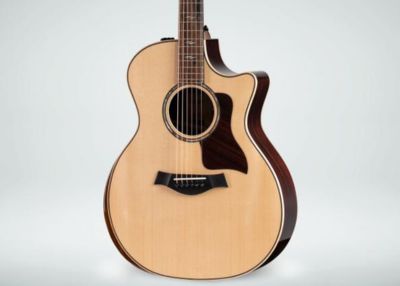
Indian Rosewood
Overview: Indian rosewood’s sweeping frequency range at both ends of the tonal spectrum has made it one of the most popular and musically rich tonewoods. Its deep lows can assert a throaty growl, while bright, sparkling treble notes ring out with bell-like, high-fidelity clarity.
Origin: India
Sound: One of the most popular and traditional guitar woods of all time, rosewood takes the basic sonic thumbprint of mahogany (which has a strong midrange) and expands it in both directions. Rosewood sounds deeper in the low end and brighter on the top end (one might describe the treble notes as zesty, sparkly or sizzly, with more articulation). If you look at its frequency range visually, rosewood would appear to be more scooped in the middle, yielding less midrange bloom than mahogany. Like mahogany, rosewood’s vintage heritage has helped firmly establish its acoustic legacy. It’s a great sound in part because we know that sound. In some music circles in which preserving the traditional sound helps bring a sense of authenticity to the music — certain strains of Americana, for example — rosewood has an iconic status. Also like mahogany, rosewood is a versatile tonewood, which has contributed to its popularity. One can fingerpick it, strum it and flatpick it. It’s very consistent, so players can usually rely on it to deliver.
Goes Well With: Most applications. If you like a guitar with fuller low end and brighter treble (bluegrassers, for instance), rosewood will do the trick. Its high-end sizzle and clear articulation will benefit players with “dark hands”. If you’re looking for a traditional acoustic sound, a rosewood Dreadnought or Grand Auditorium is
Sinker Redwood
Overview: A customer favourite for its origins, sinker redwood soundboards are sliced from huge old-growth redwood logs reclaimed from the depths of Northern California rivers, where they’ve lain in many cases for more than a century. The tops typically display a rich spectrum of variegation, the result of colors uniquely imparted from silt and the mineral-rich water. The age and size of these trees translates into a tight grain with nice cross-grain stiffness, so it will tend to have a fairly bold response, with a brilliance complemented by warm overtones similar to cedar. In fact, it’s often characterized around the Taylor complex as “cedar on steroids.”
Origin: Northern California
Goes Well With: Players who like the warm overtones of cedar with a little extra brightness and headroom. It pairs well with rosewood and mahogany, and looks striking when visually matched with Macassar ebony through the Build to Order program.
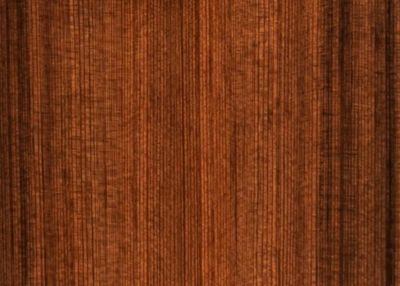
Expression System® 2
The Expression System® 2 captures more of a guitar’s dynamic properties using a breakthrough behind-the-saddle design.
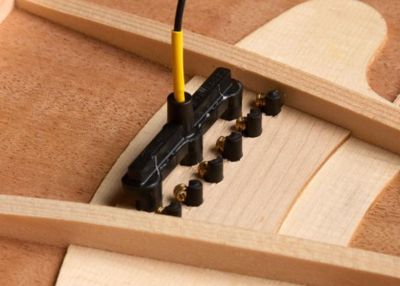
Venetian Cutaway
The Venetian cutaway is known for its soft, round lines. The sloping peak of the cutaway will vary depending on the shape of the body.
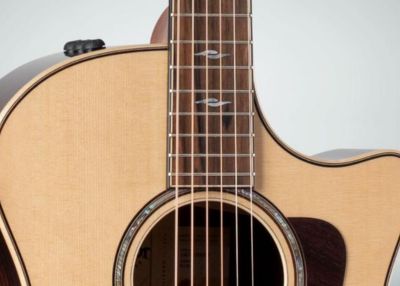
Highlights
- Number of Strings 6 String
- Orientation Right Handed
- Body Shape Grand Auditorium
- Bracing System V-Class Bracing
- Cutaway Venetian Cutaway
- Color Shaded Edgeburst
- Electronics Expression System® 2
- Case/Bag Taylor Deluxe Hardshell Brown
Body
- Top Wood Sinker Redwood
- Back/Side Wood Indian Rosewood
- Rosette Green Abalone 3 Ring
- Back Configuration 2-piece No Wedge
- Body Binding Grained Ivoroid
- Top Finish Gloss
- Back/Side Finish Gloss
Neck
- Neck Wood Neo-Tropical Mahogany
- Fretboard Wood West African Crelicam Ebony
- Neck Profile Standard Carve
- Fretboard Inlay Faux Pearl Engraved Victorian
- Fretboard Binding Black
- Neck Finish Satin
Headstock
- Nut Width1-3/4″
- Peghead Veneer Wood West African Crelicam Ebony
- Scale Length 25-1/2″
- Peghead Inlay Faux Pearl Engraved Victorian
- Peghead Type Paddle
- Peghead Binding None
- Peghead Finish Gloss
Other
- Bridge West African Crelicam Ebony
- Nut & Saddle Black Tusq Nut, Micarta Saddle
- Bridge Pins Crelicam Ebony with Gold Acrylic Dot
- Strings D’Addario XS Coated Phosphor Bronze Light (.012 – .053)
- Pickguard Tortoise
- Tuners Taylor Gold with Gold Buttons
- Strap Pin Gold
- End Pin Black

Need Help Choosing?
Get in touch with a member of our team
Contact a member of our dedicated customer service team, and we will be happy to help you choose the right instrument for your needs.
Or text “Waltons Callback” with a short description of your query and a member of staff will call you as soon as possible to assist.
Can’t Get Through? Please see our list of contact numbers below
Head Office: 01 8207425
Blanchardstown Store: 01 9603232
Online Sales, Customer Service & Product Queries:
Fiona: 086-0284929 | 9.00am to 9.00pm Monday to Sunday


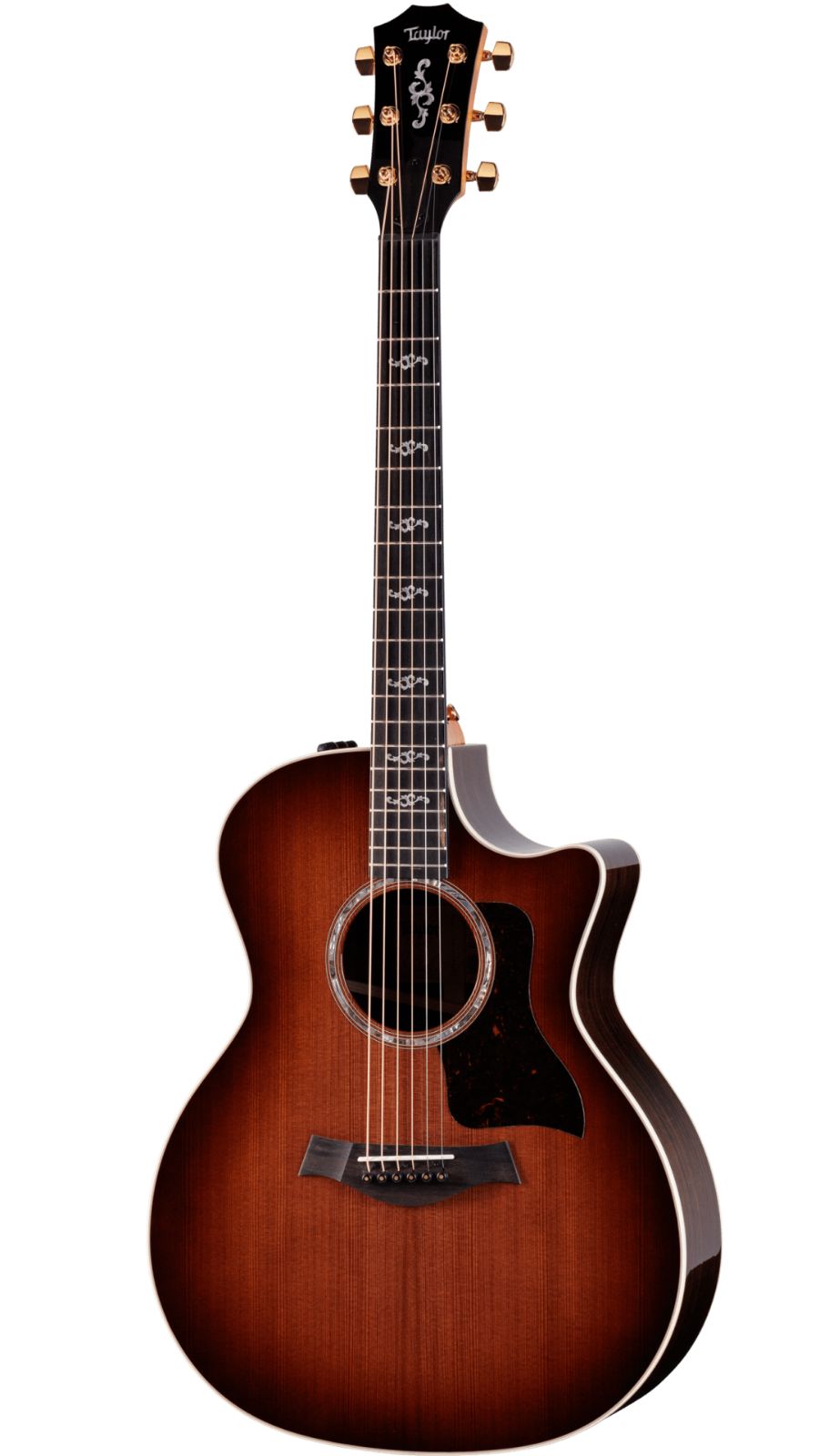
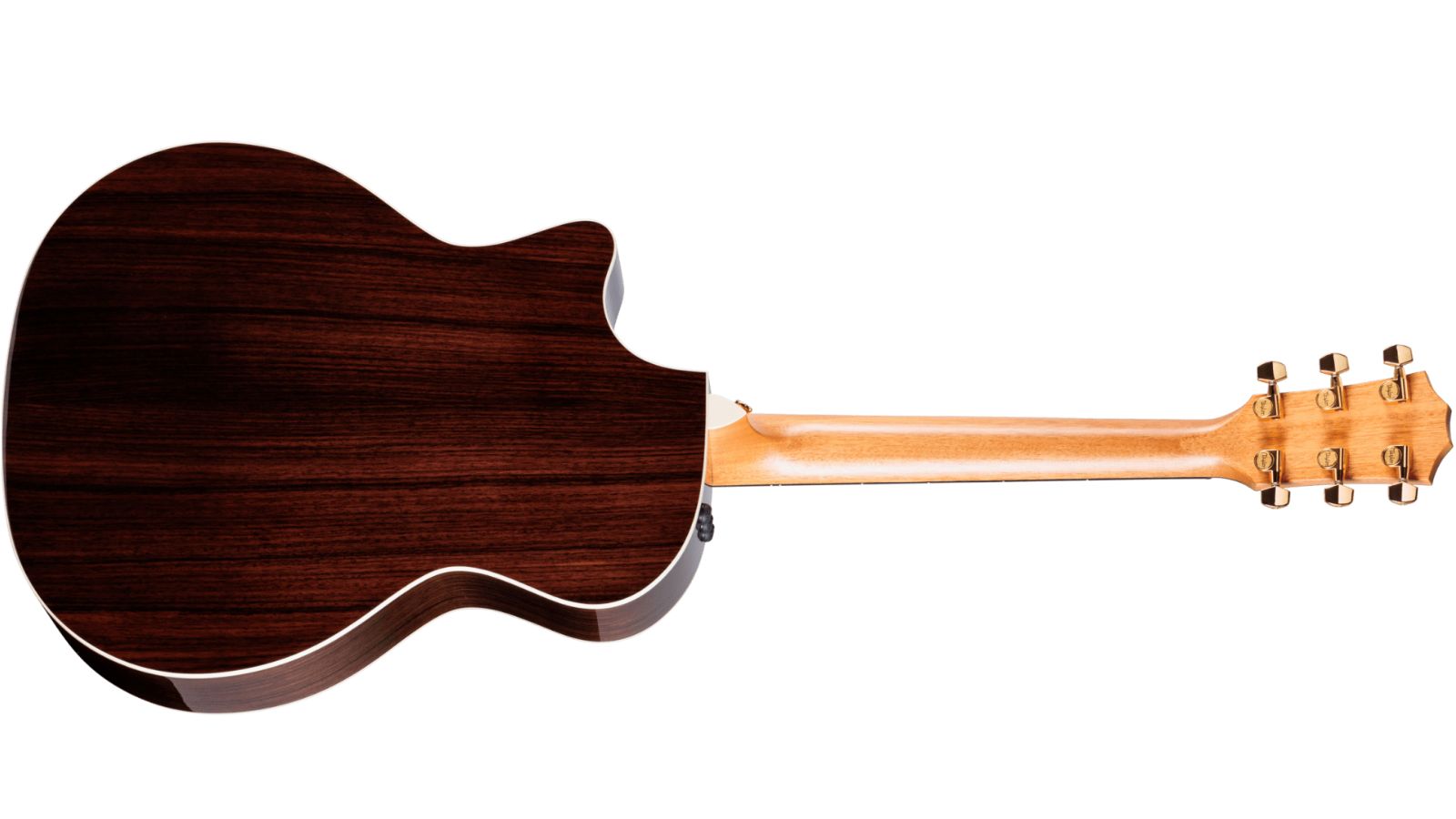
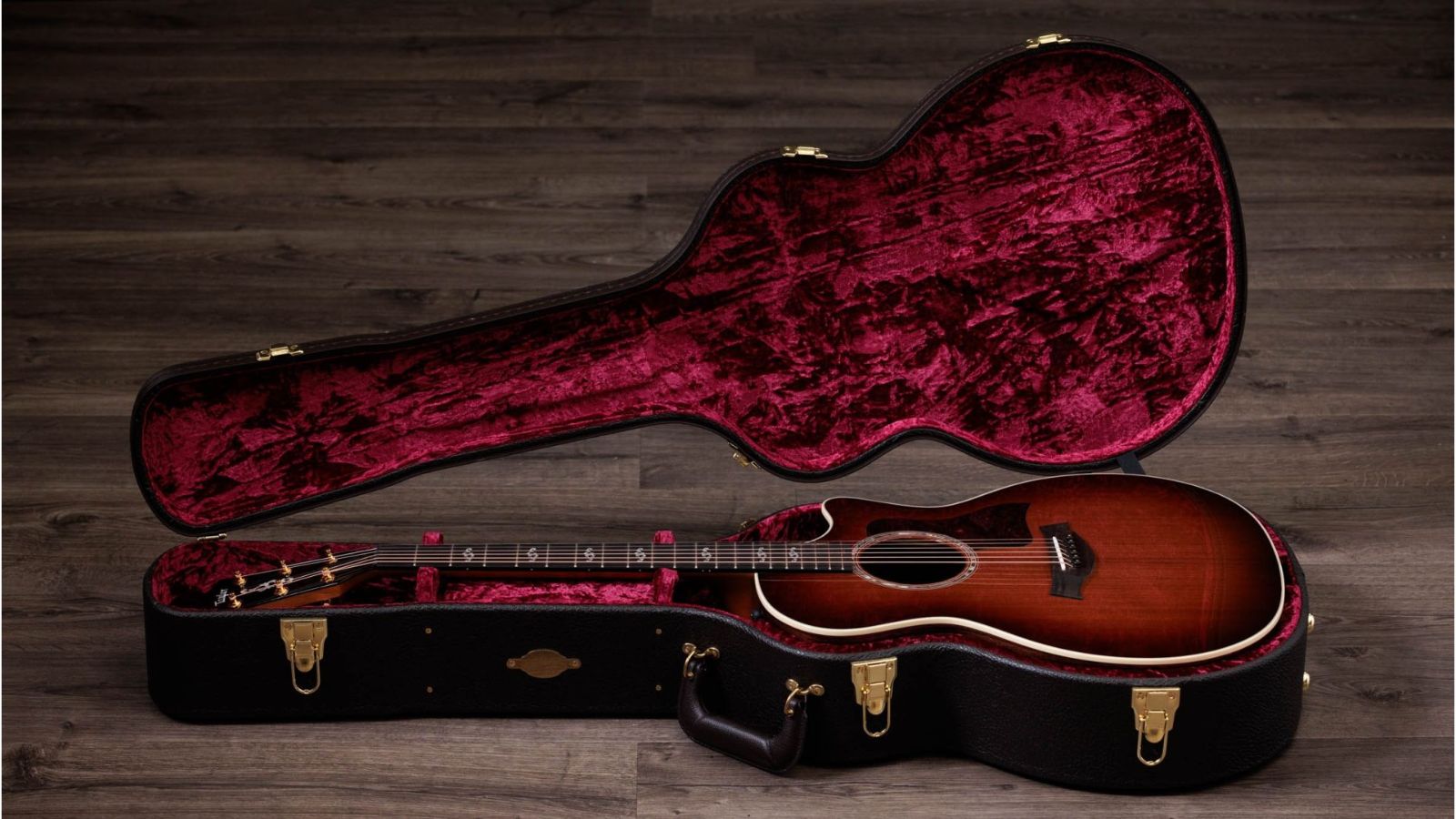
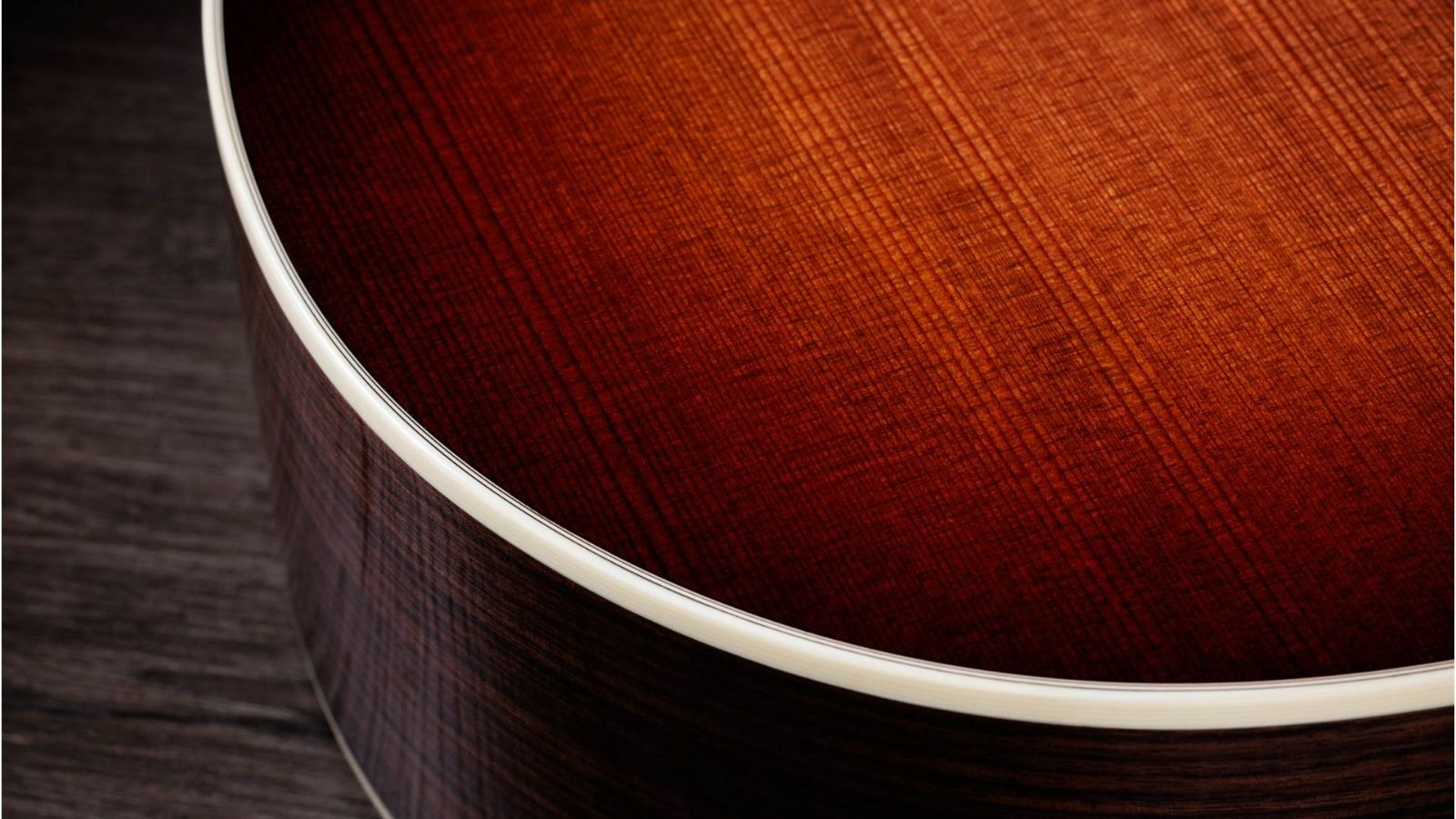
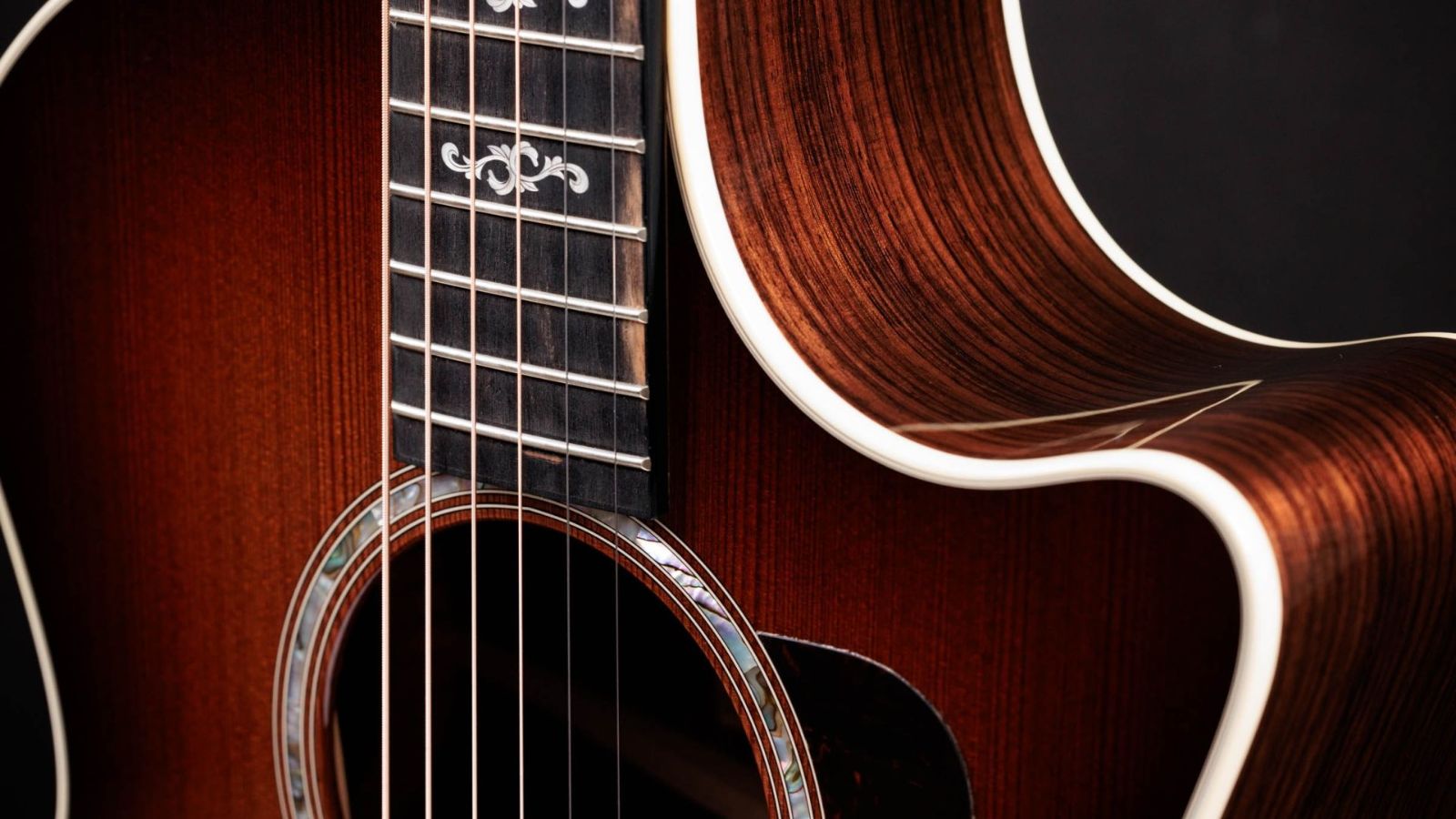
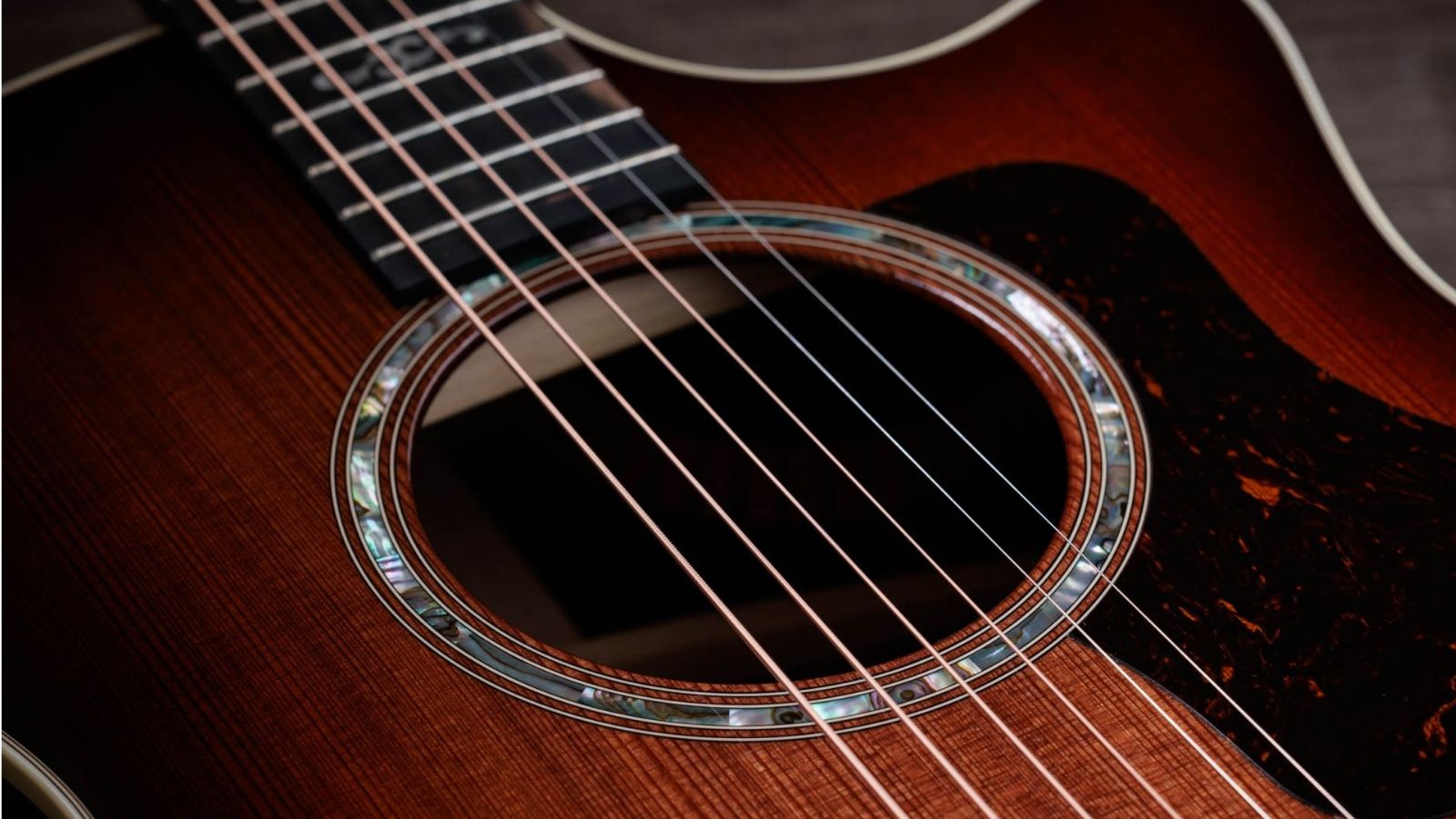
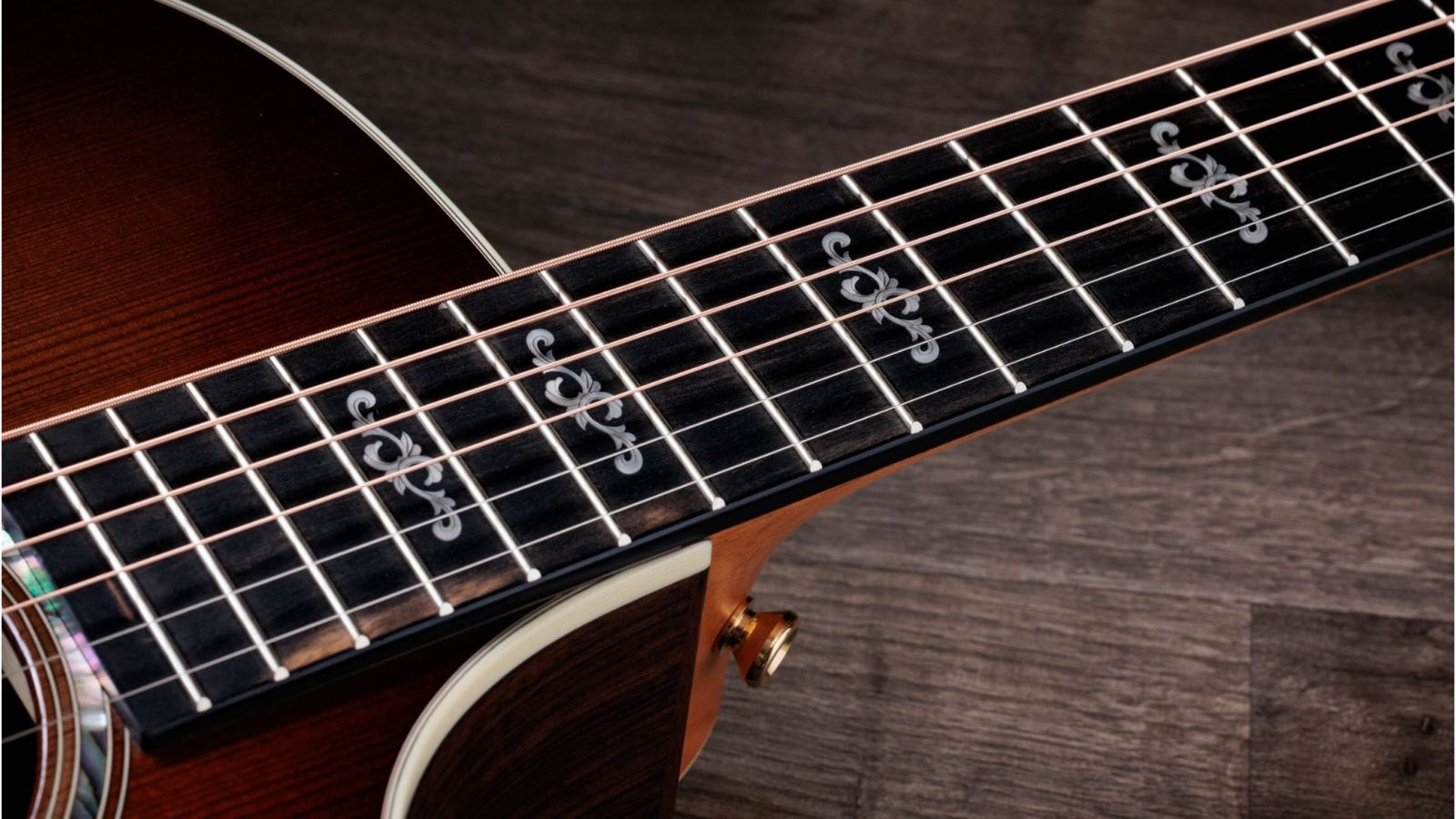
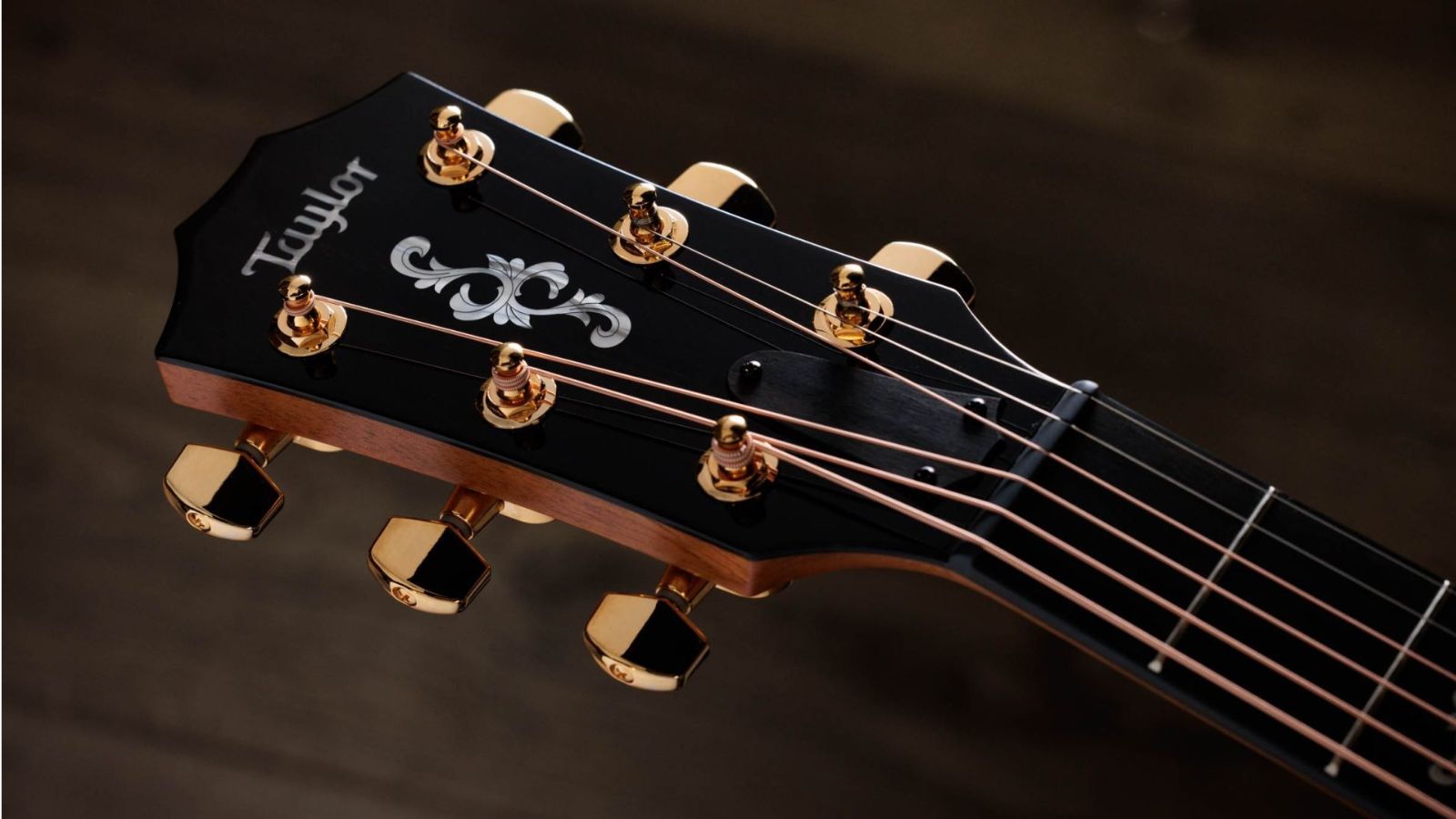
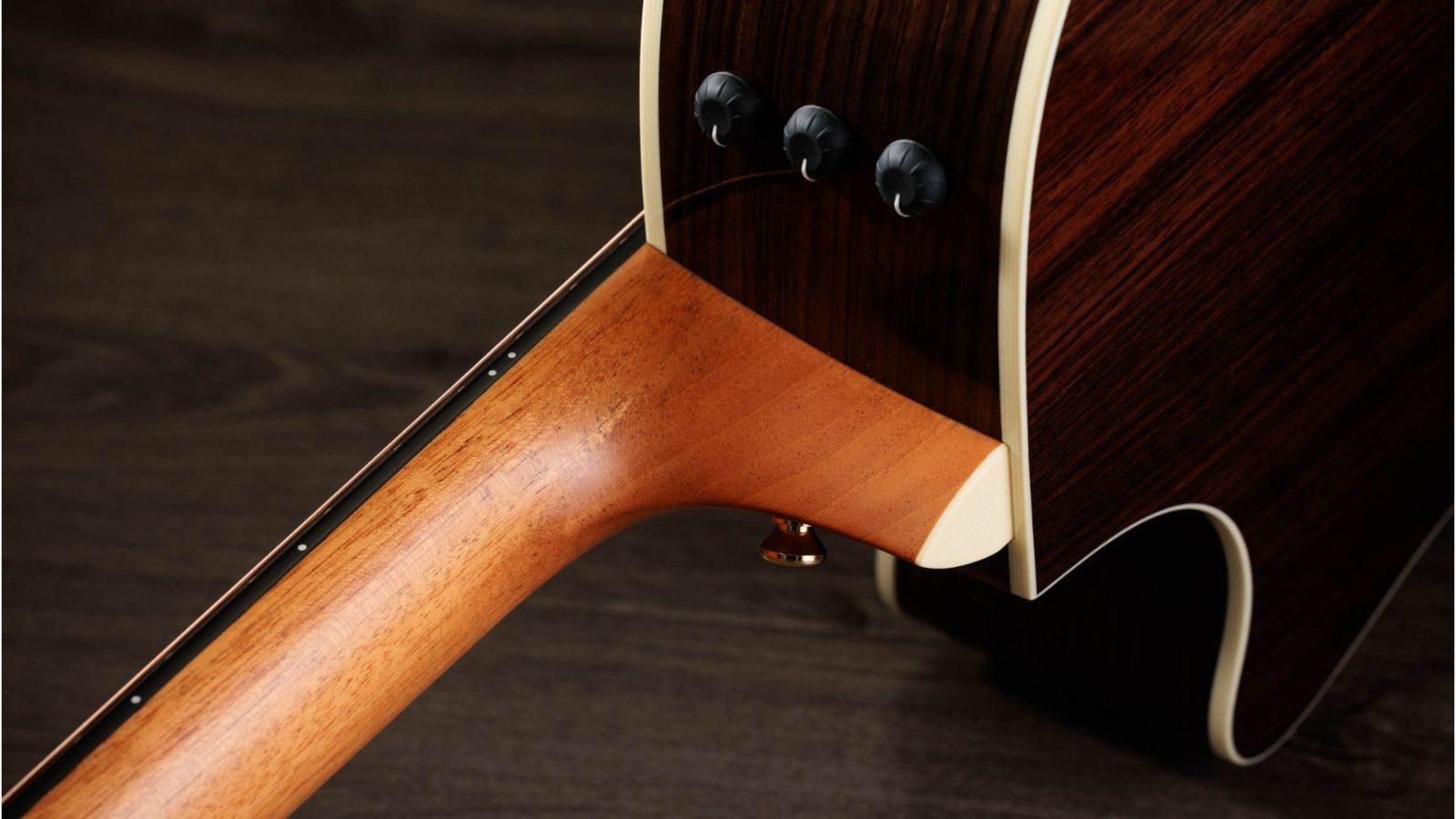
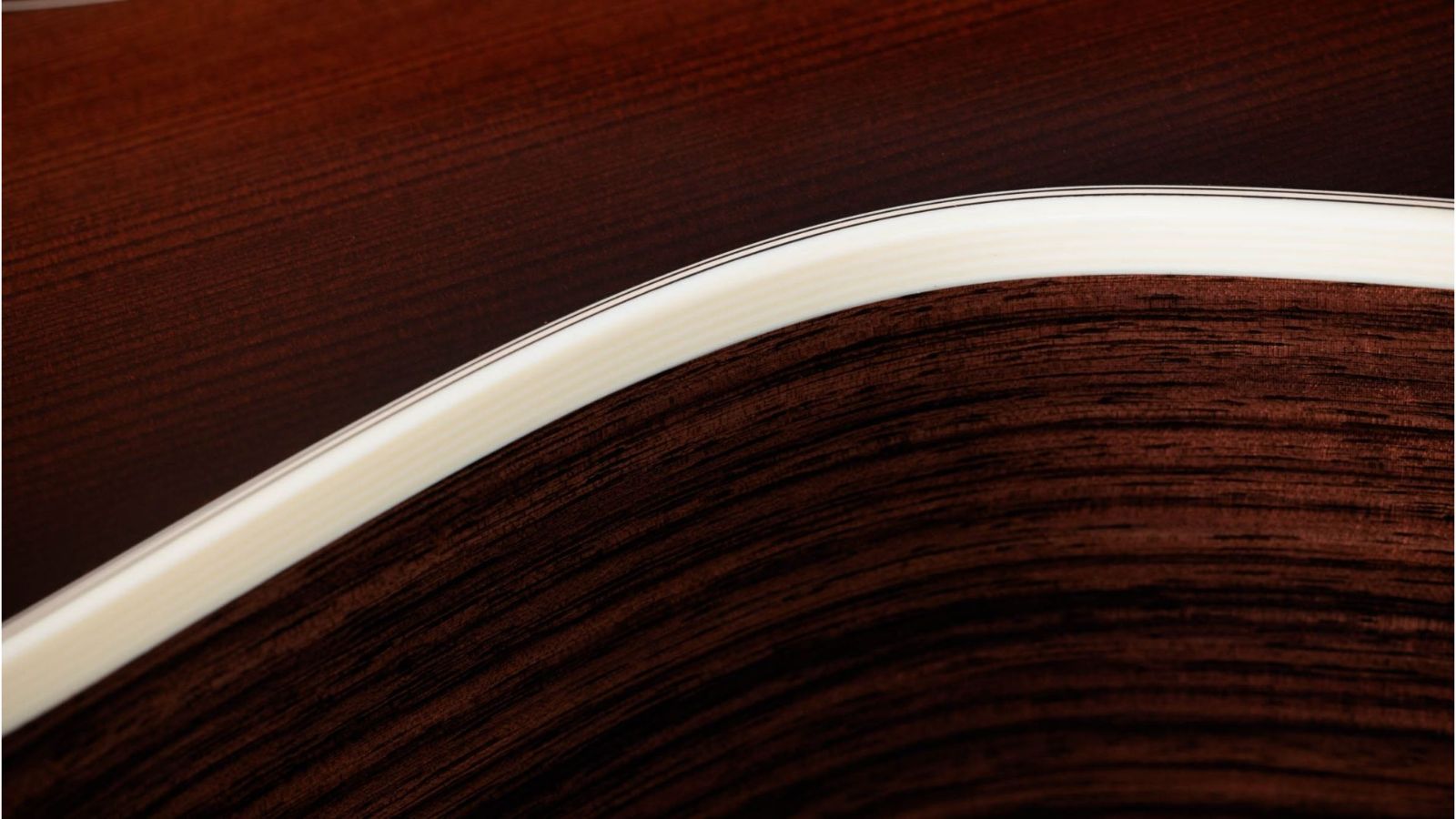
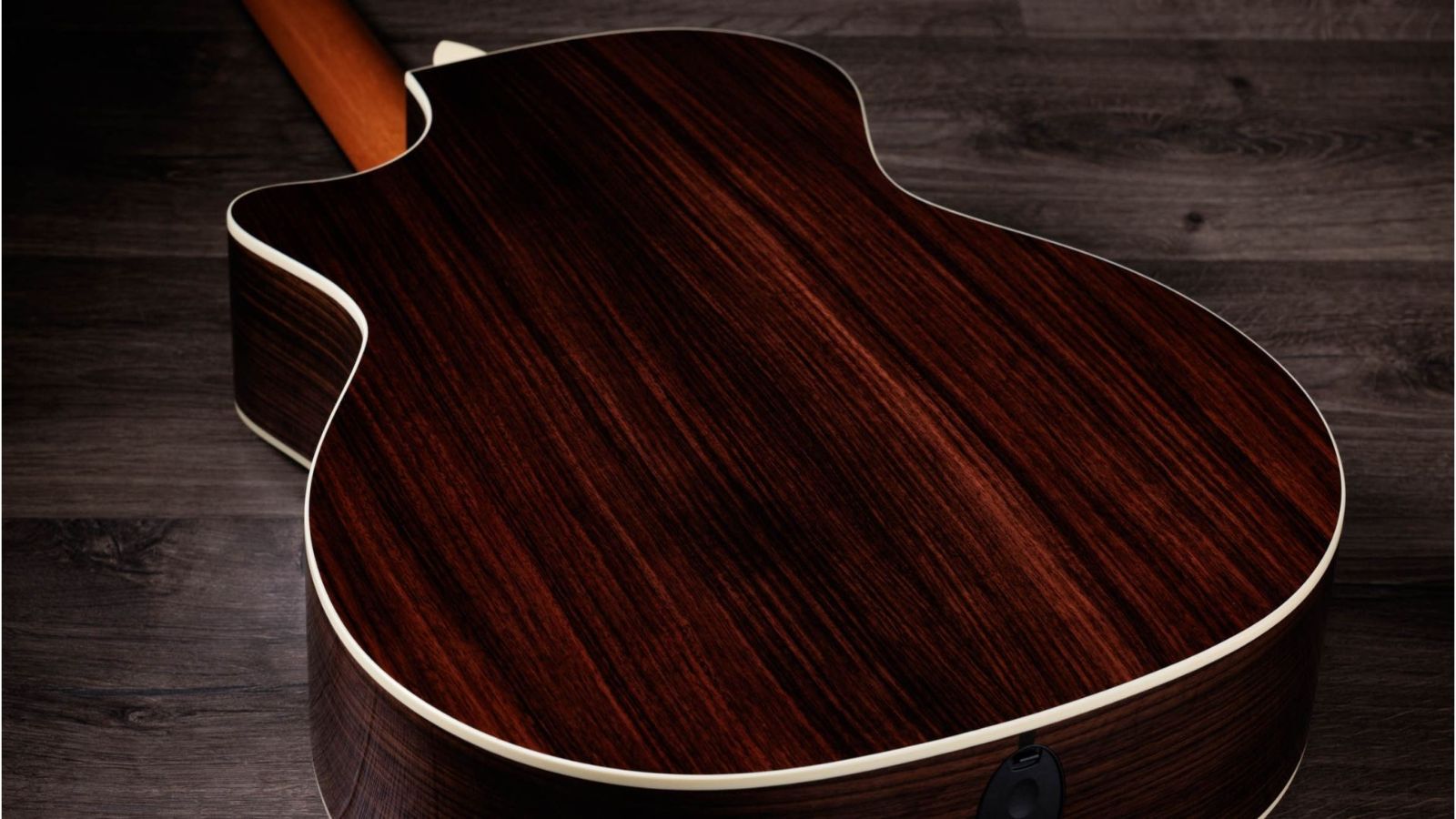
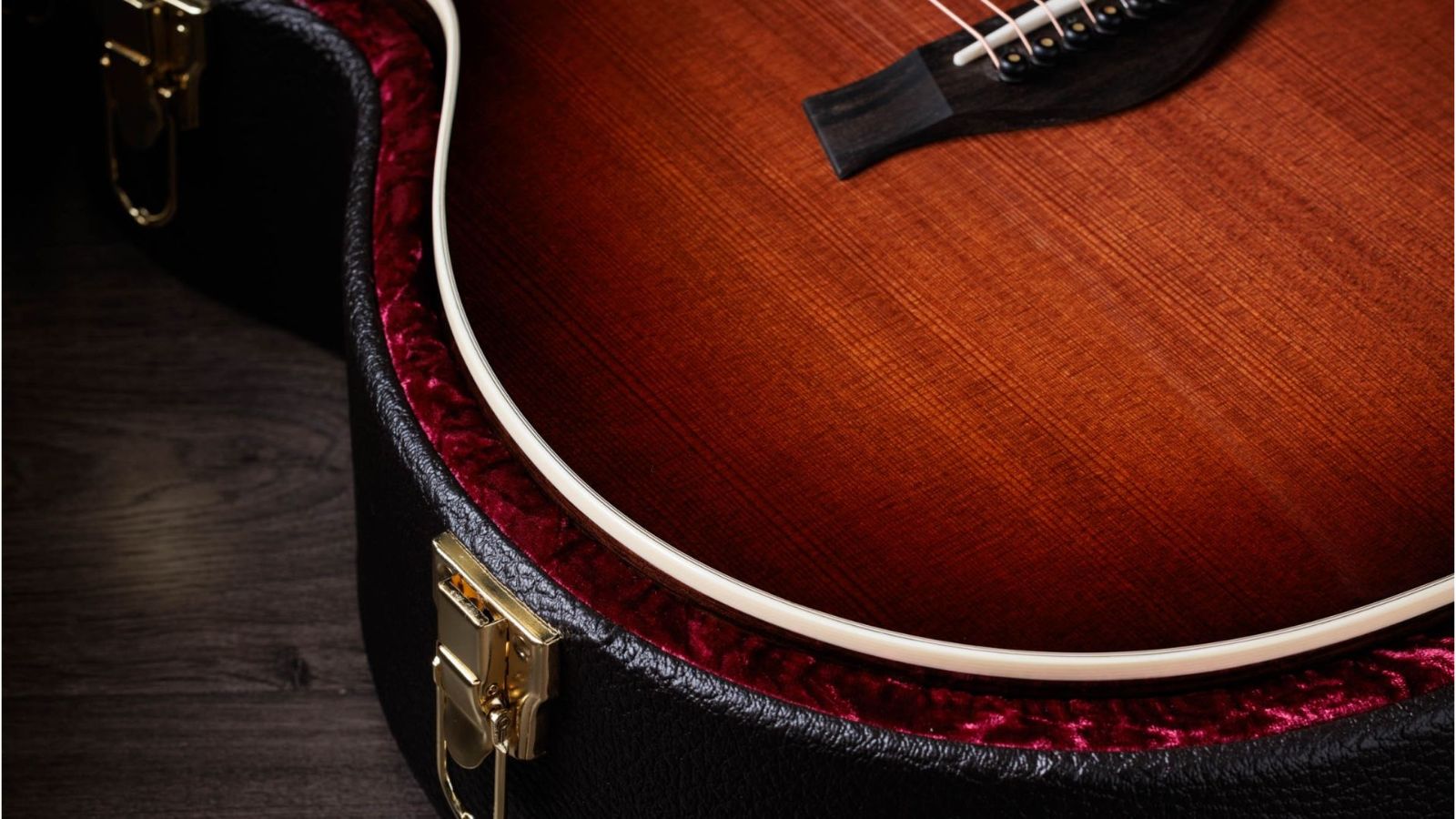
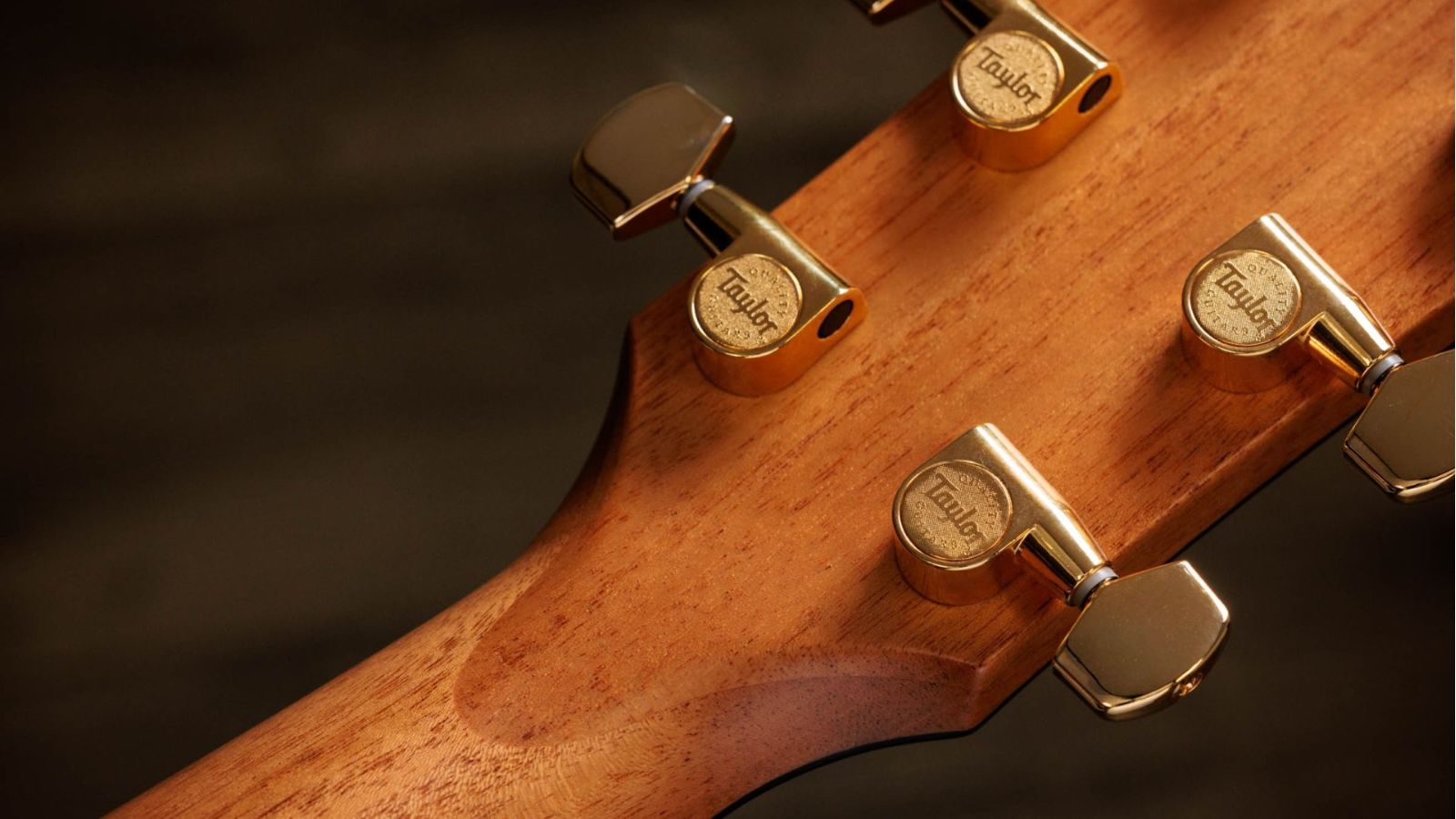
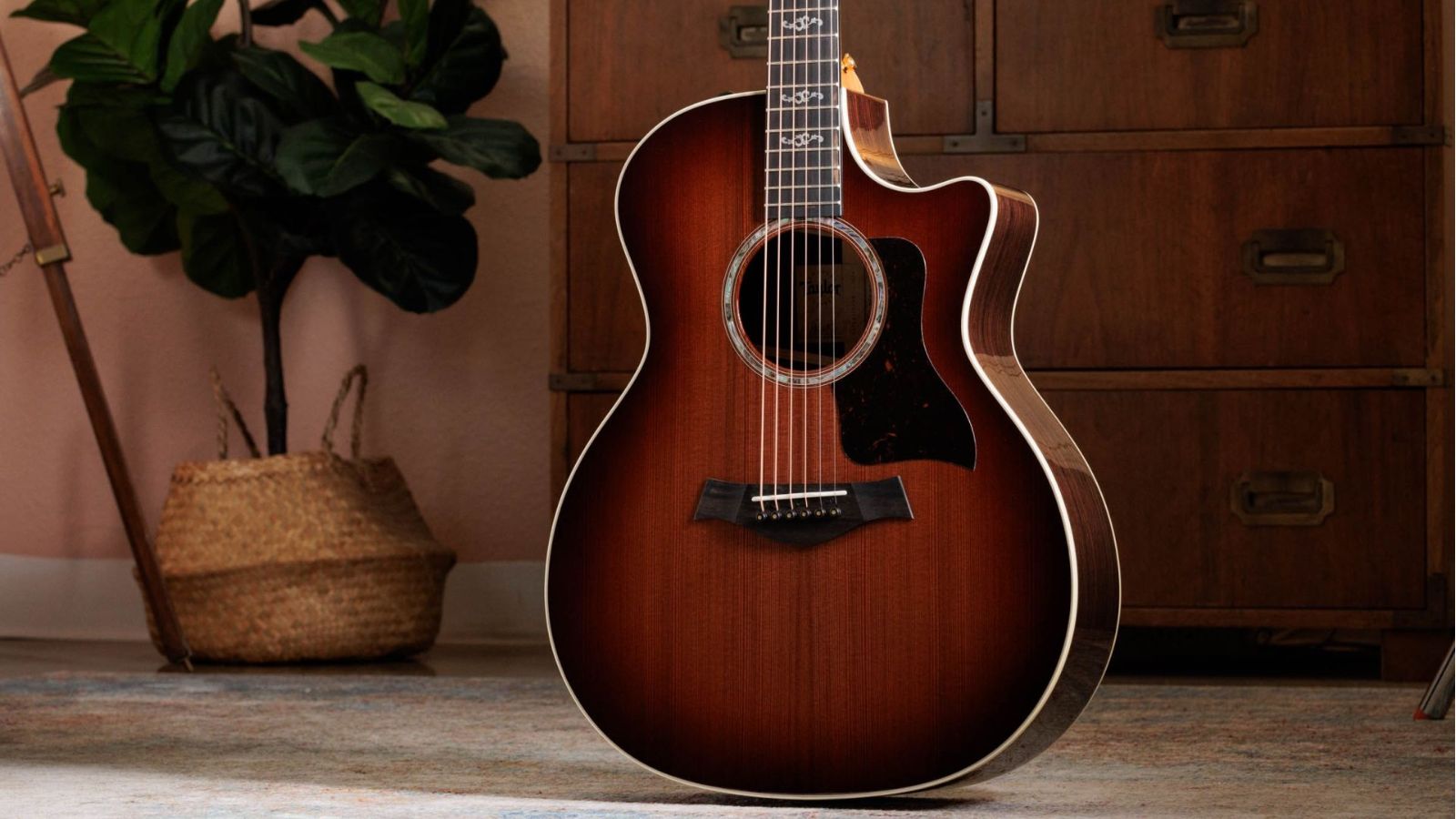
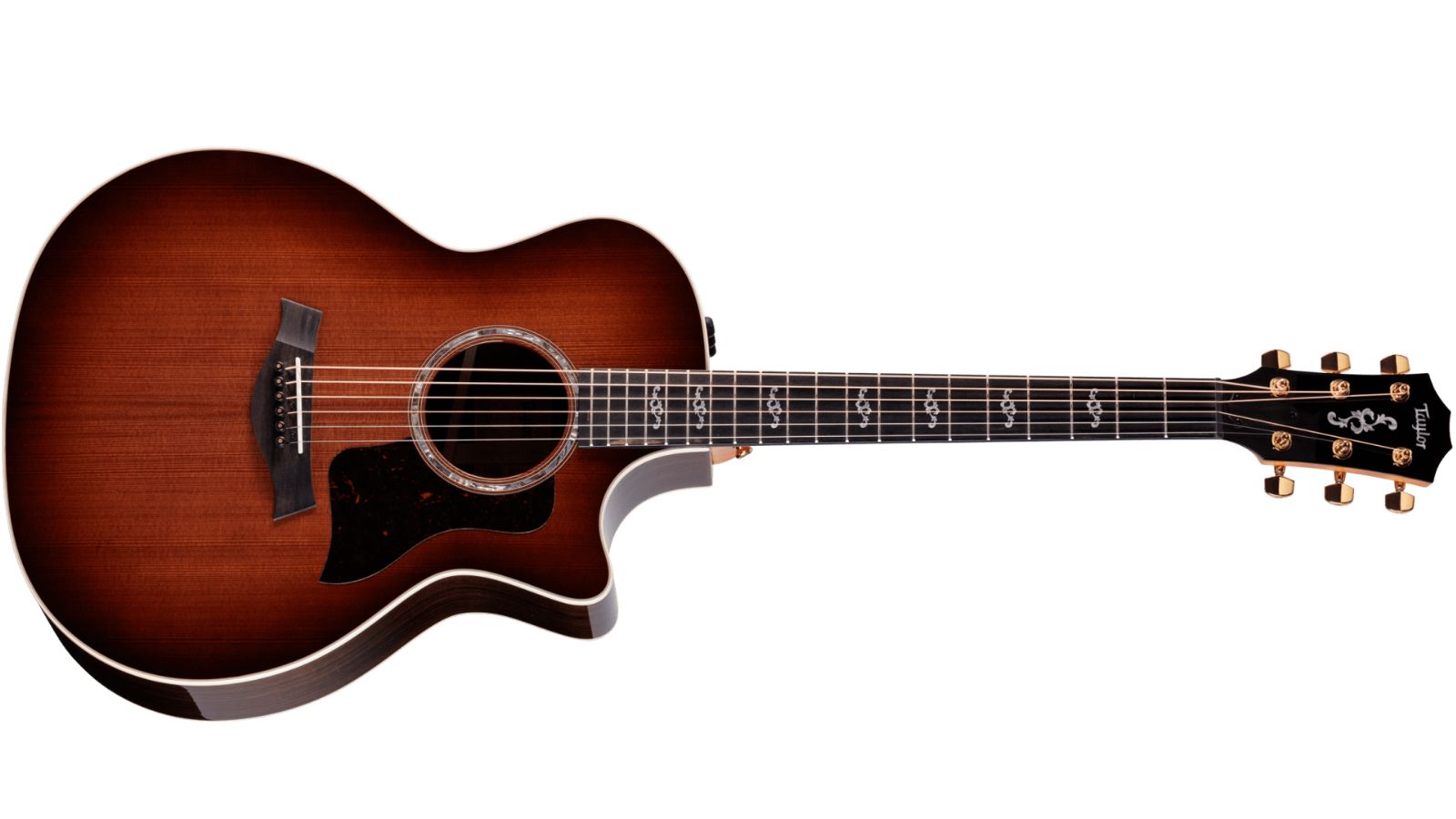

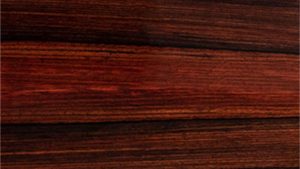
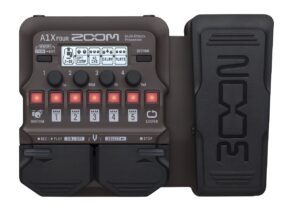
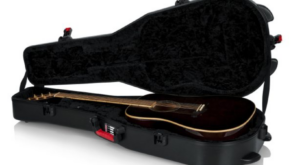
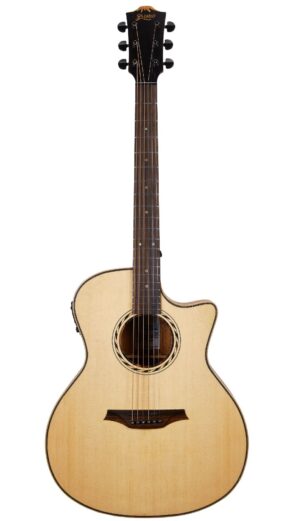

You must be logged in to post a review.